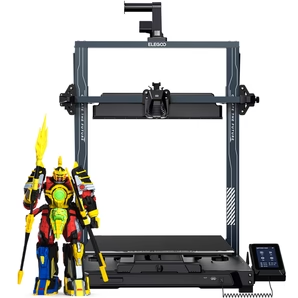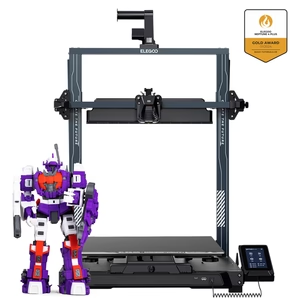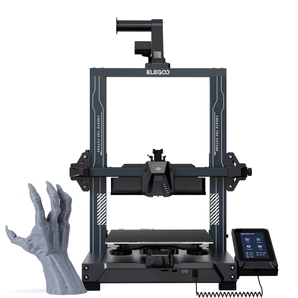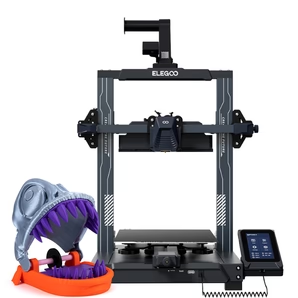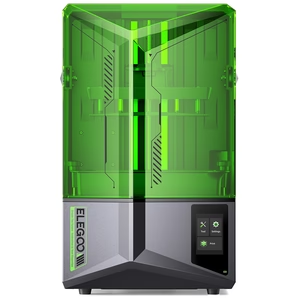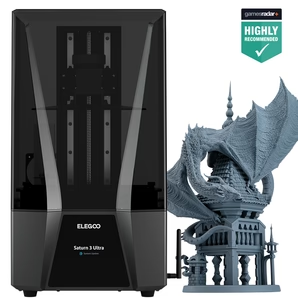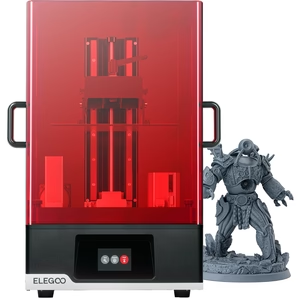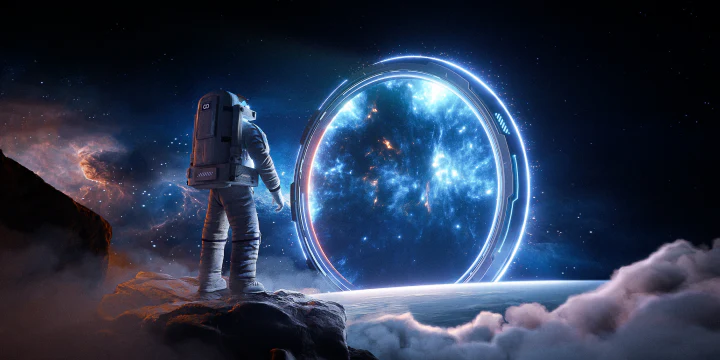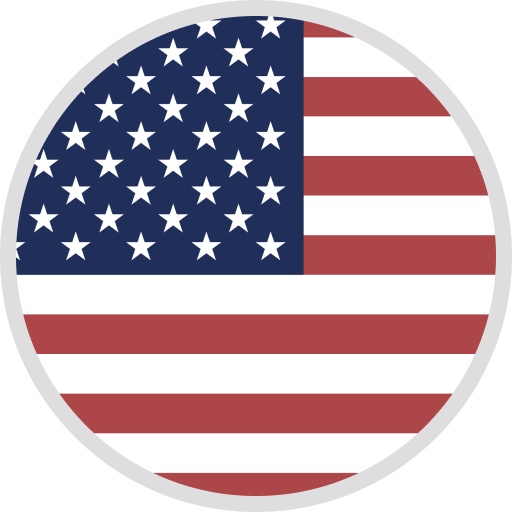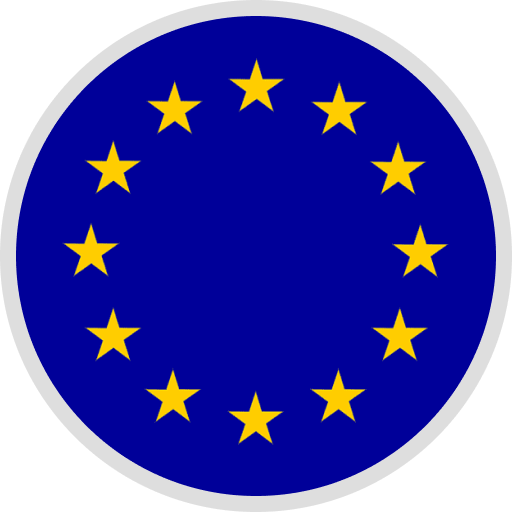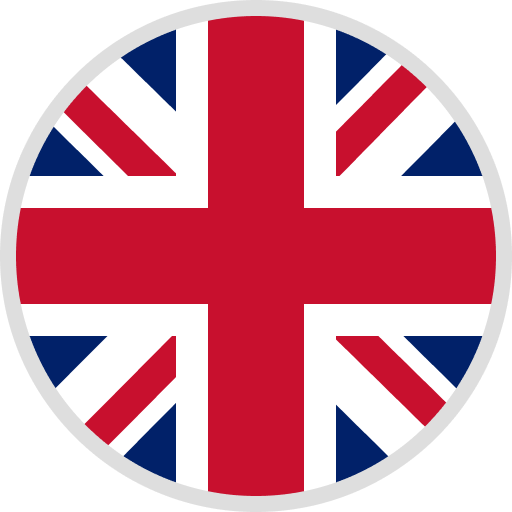1978 was the year that Lego bricks' last key patent was allowed to expire. Competitors have since manufactured blocks that are comparable to Lego bricks in terms of their dimensions and design, and they are able to be joined with Lego bricks.
Following the expiration of these patents, other companies were legally permitted to manufacture comparable interlocking bricks. This does not, however, imply that all aspects of LEGO's products are patent-free.
LEGO may possess newer patents on specific improvements, designs, or technologies created subsequent to the initial brick design. These could include specialty items, specific construction processes, characteristic brick shapes, packaging, and branding components, or other inventions.
Revolutionize Your LEGO Universe: How to 3D Print Custom Lego Pieces and Bricks
The iconic LEGO brick has become a cornerstone of creative play for all ages. But what if you could take it further by 3D LEGO printing your own unique pieces?
With the magic of a 3D printer and a bit of imagination, customizing an entire LEGO set is not only possible—it's becoming a favorite pastime for builders and makers worldwide.
Whether you're replacing lost pieces, adding a personal touch, or creating an entirely new LEGO compatible masterpiece, this article guides you through turning your vision into a stackable reality.
Why this article is worth reading:
Get insights into the trends of 3D printed LEGO-like bricks Learn how to find and create your own 3D models for LEGO pieces Discover the tips and tricks for optimal 3D print results, making bricks that fit seamlessly with your official LEGO sets
Article Outline:
- What Do You Need to Start 3D Printing LEGO-Compatible Pieces?
- How Can You Create Your Own LEGO Piece 3D Models?
- What Are the Best Materials for 3D Printing LEGO Pieces?
- How Do You Ensure Your 3D Printed LEGO Bricks Have a Smooth Surface?
- Can You Customize Color and Paint Your 3D Printed LEGO Pieces?
- What Are the Legal Considerations When 3D Printing LEGO-like Bricks?
- LEGO and Beyond: What Unique Creations Can Be Made With 3D Printing?
What Do You Need to Start 3D Printing LEGO-Compatible Pieces?
To embark on the journey of 3D printing your own LEGO parts, a few essentials are required. Firstly, a functioning 3D printer calibrated to handle precise work is crucial.
ABS plastic filament is a popular choice for 3d print LEGO bricks due to its similarity to the material used in traditional LEGO. You'll also need access to STL files, which are essentially the blueprints for your 3D print job. Many of these can be found on websites like Thingiverse, or you could create your own using CAD software.
Lastly, familiarize yourself with your printer's configuration options to optimize for the often minuscule size of LEGO bricks.
How Can You Create Your Own LEGO Piece 3D Models?
Creating your LEGO brick or minifigure is an achievable feat with CAD software. One suitable for beginners is Tinkercad, which offers a user-friendly interface to craft your LEGO-compatible designs from scratch.
For advanced modelers, software like Fusion 360 or SketchUp could provide the necessary tools for intricate creations. Ensure your models abide by LEGO's size specifications, factoring in the printer's precision capabilities—ideally, 10 micrometers or better.
Add your personal flair with customizable slots for accessories or unique textures to make your LEGO minifig stand out.
What Are the Best Materials for 3D Printing LEGO Pieces?
While various 3D printing materials are available, ABS hits the sweet spot for LEGO due to its strength and slightly pliable properties, reducing the risk of breakage.
PLA is another popular filament for 3D printing at home because it's easy to work with, but it may be prone to deform under stress.
Due to the size and need for interlocking precision of LEGO pieces, printing not only at a high resolution but also with materials that offer the right balance of rigidity and flexibility is key.
How Do You Ensure Your 3D Printed LEGO Bricks Have a Smooth Surface?
One of the challenges of 3D printing LEGO pieces is achieving the much-desired smooth surface that characterizes official LEGO bricks. To do this, fine-tuning your printer settings is essential. This involves adjusting the layer height and ensuring optimal print speed.
Post-processing methods like sanding or using a chemical solvent for ABS can contribute to a smoother finish. Some hobbyists even utilize acetone vapor smoothing on their ABS prints to achieve a glossier, injection-mold-like surface.
Can You Customize Color and Paint Your 3D Printed LEGO Pieces?
The beauty of custom 3D printed LEGO bricks is that you can choose colors and finishings to suit your vision. While the colors might be limited by the filament options, you can always paint your bricks post-printing.
For best results, choose spray paint colors designed for use on plastic, and remember to prime your pieces before painting to prevent chipping. Experiment with different techniques to decorate your LEGO bricks and unleash your creativity fully.
What Are the Legal Considerations When 3D Printing LEGO-like Bricks?
Though LEGO's patent on the classic brick design has expired, it's crucial to respect their trademarks—particularly when it comes to commercial pursuits.
For personal use, printing LEGO bricks is generally acceptable. However, selling your printed pieces or distributing the files of LEGO-like creations may infringe on intellectual property rights. Always check whether your selected STL files are licensed for the type of use you're planning.
LEGO and Beyond: What Unique Creations Can Be Made With 3D Printing?
The world of 3D print LEGO pieces is vast and varied. Beyond replicating existing pieces, you can fabricate entire sets themed to your favorite movie franchises like Star Wars, or create structures that LEGO hasn't produced yet.
Ambitious builders leverage their 3D printers to create large-scale models, advanced geometric shapes, or even working mechanisms within their LEGO sets. 3D printing brings a level of flexibility and personalization to LEGO building that was once only dreamed of.
In conclusion, the key takeaways from this exploration into 3D printed LEGO are:
- For 3D printing LEGO, you need a calibrated printer, quality materials, and accurate models.
- Choose ABS or PLA filament based on the desired properties of the final product.
- Post-processing and painting may be needed for a smooth finish on LEGO bricks.
- Respect intellectual property laws when sharing or selling 3D printed LEGO.
- 3D printing offers endless creativity in LEGO, from unique minifigures to large sets.
- 3D printing enables custom LEGO pieces, making any missing or imagined bricks easily accessible.
Still Need More Info Relating to 3D Lego Printing?
Check Out Some Common Questions We Recieve:
Is 3D Printing Lego Illegal?
» Show Me The Replies
Here are some answers:
- We can't offer legal advice, so please verify first!
- Using 3D printed Legos for commercial purposes may require permission from the Lego company
- Printed Legos may be incompatible with official sets
- Plastic is not high quality like official pieces
- Some designs and patterns of Legos may be protected by patents
- Selling 3D printed Legos may violate copyright laws, so check with a lawyer first!
Is 3D Printing Legos Cheaper?
» Show Me The Replies
Here are some answers:
- Initial cost of 3D printer and materials is more expensive
- Long-term savings on materials and replacement pieces
- Possibility to customize and create unique designs
- Ability to 3D print specific or rare Lego pieces for cheaper than buying a whole set
Can 3D Printers Print Legos?
» Show Me The Replies
Here are some answers:
- Yes, they certainly can!
- They can print lego pieces
- 3D printers can produce customized LEGO 3D bricks
Can You Sell 3D Printed Legos?
» Show Me The Replies
Here are some answers:
- Yes, 3D printed Legos can be sold, but do NOT market them under any branding similar to "LEGO"
- They are highly customizable
- They can be made in unique colors and shapes
- They can be created at a lower cost compared to traditional Legos
Can You 3D Print Lego Minifigures?
» Show Me The Replies
Here are some answers:
- Yes, you can!
- Requires a professional 3D printer
- You will have to use 3D modeling software
How To 3D Print Lego Clone Troopers?
» Show Me The Replies
Here are some answers:
- Find a printable 3D model of a Lego Clone Trooper
- Make sure your 3D printer is compatible with the model
- Use 3D printing software to prepare the model for printing
- Slice the model into layers
- Adjust the printer's settings for optimal results
- Start the printing process
- Wait for the print to finish
- Remove the printed pieces from the printer
- Assemble the pieces together
- Optional: Paint or finish the model for a more realistic look
3D Printed Lego Animals?
» Show Me The Replies
Here are some answers:
- Sure, this is possible...
- Can be customized and personalized
- Can be printed with different colors and materials
- Some designs incorporate flexible joints for posing
3D Printed Lego Boat?
» Show Me The Replies
Here are some answers:
- Lego boats can be 3D printed using a 3D printer
- They are made out of plastic filament
- 3D printing allows for intricate and detailed designs
- The boats can be printed in multiple colors
- They can be custom-designed for a specific purpose
- 3D printed Lego boats are durable and sturdy
- They are lightweight and float in water



















